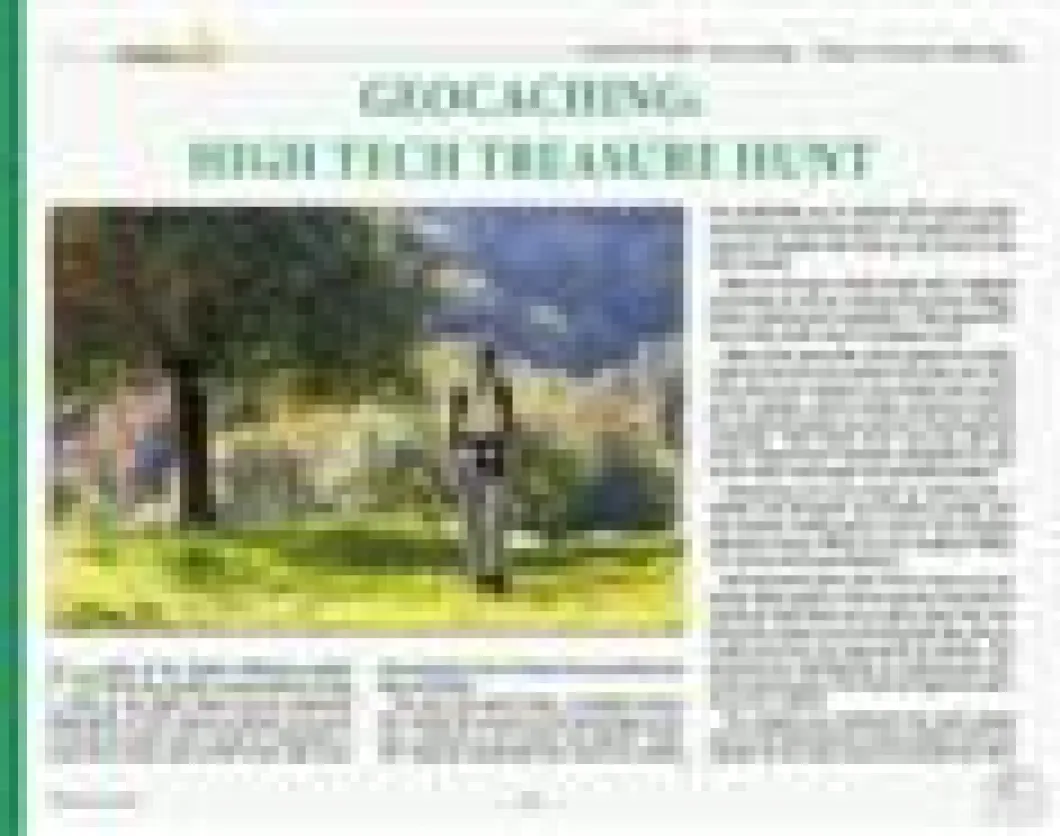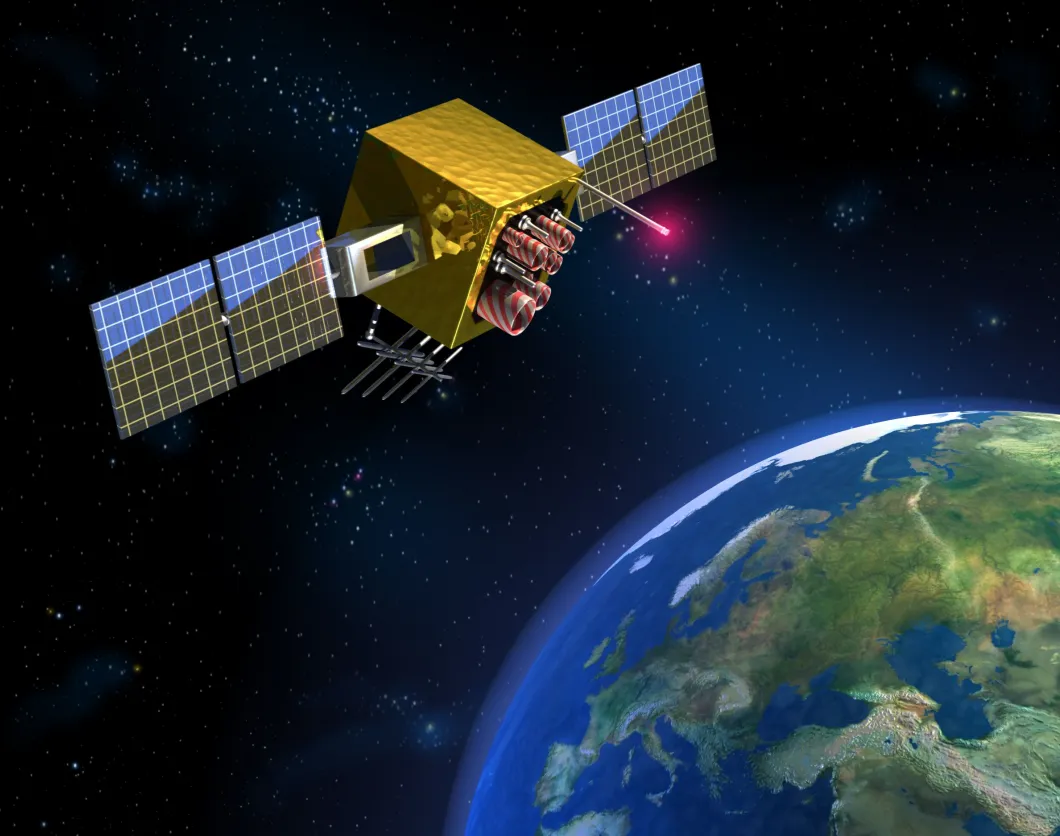For users of the Global Positioning System (GPS) the sudden announcement on May 2, 2000, by the White House that the intentional degradation of GPS signals available to the public would be ended was a cause for celebration. It meant that civilian users of GPS were able to pinpoint locations up to 10 times more accurately than they had before.
The next day David Ulmer, a computer consultant, tested the accuracy of the technology by hiding a container in the woods near Beaver Creek, OR, noting its coordinates with a GPS unit, posting the coordinates on an Internet GPS users' group and hoping it would be found. The finder had to locate the container with only the use of his or her GPS receiver.
What he hid was a black bucket with a logbook and pencil as well as various prize items (videos, books, software and a slingshot). "Take some stuff, leave some stuff" was the message he left.
Within three days after Ulmer posted the coordinates for the find, two readers with their own GPS units found the container and posted their results on the website. Ulmer's hidden container became the catalyst for others and soon the concept spread worldwide. "GPS Stash Hunt" was born with the name "geocaching" eventually substituted to refer to "the earth, technology and something hidden."
Geocaching.com was created by Jeremy Irish, a Seattle web developer who became excited over the treasure hunting game. Pierce City residents (Missouri) Kenna Peters and her daughter Mattie, 10, are two of its local followers.
We discovered them with GPS in hand at a historical Joplin location. Kenna said she was there to locate the little black box or game piece that contained the names of all of the geocachers who recorded that they had discovered its location. She assumed the responsibility for replacing that particular list because it had become soggy from exposure to the weather.
The magnetic key containers that some people use are not weatherproof, Kenna explained, but are popular for the small cache that contains the fill-in log. Several, she says, are hidden in various locations within a 30-mile radius of Joplin. "I have found caches hidden in a pen, a duck decoy and even one large Rubbermaid container," Kenna said.
The large containers are filled with items, or "swag," that can be traded. "The rule for 'swag' is that if you take something you must leave something of equal or greater value," Kenna warned. She especially recalls the cache named "Book Crossing Trade" found in Rogers, AR. Books are hidden in a "Rubbermaid container in the woods," she revealed.
Another item found in caches is a "trackable." Kenna describes this as a "geocoin" or "travelbug" that contains a unique number identifying its owner.
A recent cancer survivor, Kenna produced a small pink stuffed animal with the breast cancer survivor symbol and coin on which was recorded her tracking number. She hoped that it would travel the globe. She said that she plans to track its mileage and location online.
"One person going to Iraq wanted to take the travelbug," she revealed. "There aren't many there like there are in Germany and Italy."
Kenna spoke of "geosense" as the ability to look over a situation and guess where the cache is located. Sometimes the GPS isn't picking up the signal from the satellite as well as other times. Once, she said, when she was out with her husband in 12-degree F weather in a Carthage location, she used her finger to point to a hiding place.
Mostly, she said, one had to "learn by experience." While standing in Spiva Park, 4th and Main, she saw what looked like an electrical outlet on a pole without wires leading to it. That, she deduced, with the proper coordinates, could be a cache.
Geocaching has a webpage in which anyone seeking a cache is able to fill in a starting point (like a home address) and find the nearest geocaches in that area. For example, imputing a southwest Joplin address brought up 70 cache locations within 10 miles.
"I have lived in the Joplin area my entire life and have found many (MANY!) different location that I never knew existed before I became involved in geocaching," Kenna said. "Beautiful abandoned bridges in the middle of nowhere, a section of the Trial of Tears that runs near Cassville, historical markers – all are among places that surprised me."
The best cache descriptions that are found online provide a historical overview of the location. One such cache location is at the site of the old Connor Hotel in Joplin.
Kenna said, "One great aspect of geocaching is that many caches require a bit of walking. There are also caches that are handicap accessible. Some may take less than five minutes including signing the log and replacing it (she called it a park and grab) while one took my husband and me considerable time to find. At this point, we are the only ones to have found it."
Kenna said she only has been geocaching since the summer of 2009. She's a Girl Scout and heard about it while at camp. She doesn't think that once someone tries it that he or she will give it up. "It's very addictive."










